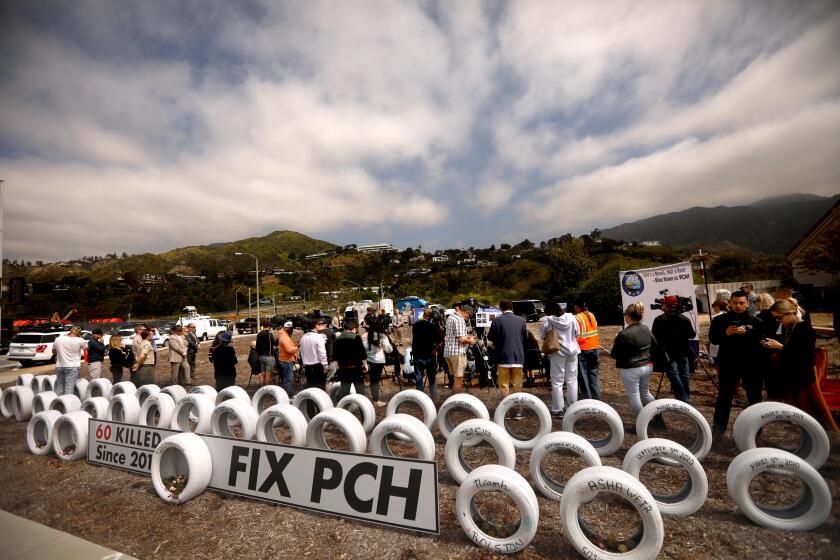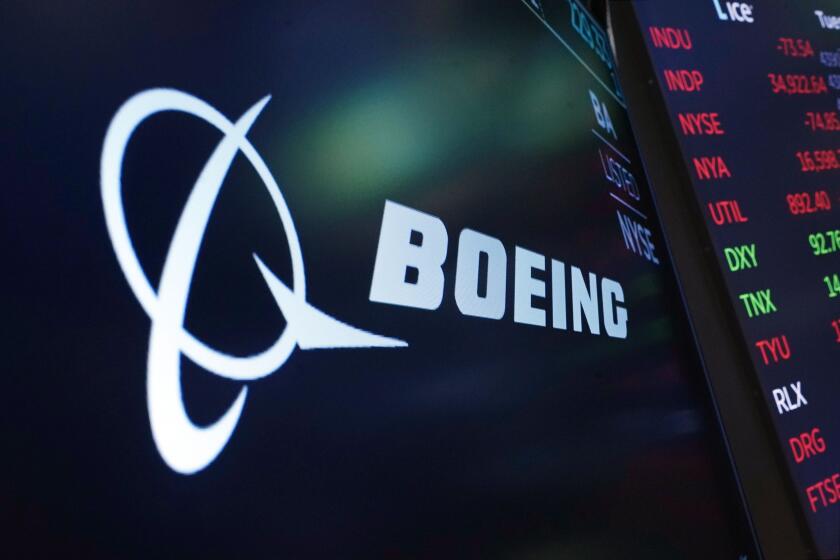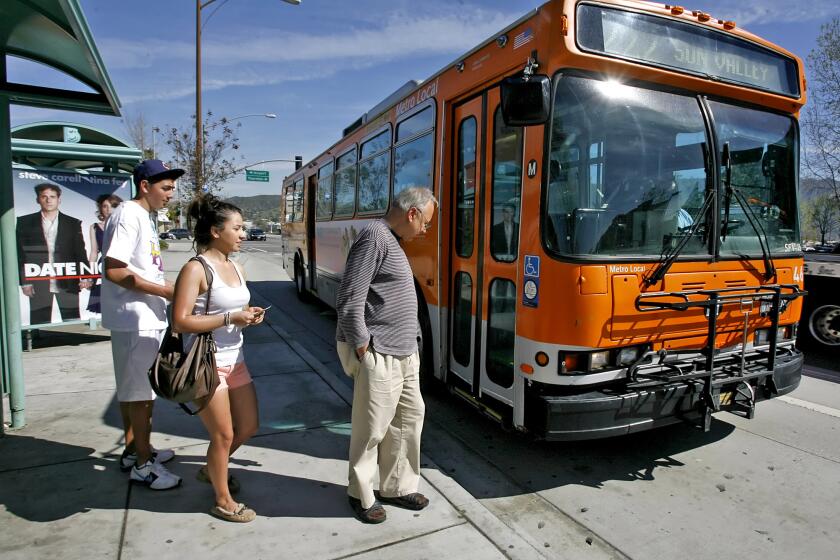Probe to examine many possibilities
As investigators sift through the wreckage of Metrolink 111 and the Union Pacific freight train it collided with Friday afternoon, they will look for clues that will help explain the failure of safety systems developed for decades to avert exactly this sort of disaster.
The accident took place in a hilly area where a single track, shared by both commuter and freight trains, descends along a curve approaching Metrolink’s Chatsworth station.
Investigators from the National Transportation Safety Board will examine many possibilities, but the most immediate questions are these: Did a warning signal malfunction? Did crew members not notice a stop signal, or did an engineer fail to follow protocols designed to move trains safely through the area?
Tom Dinger, a retired Amtrak engineer, said the common practice is for northbound passenger trains to effectively pull over onto a side track at the Chatsworth station until southbound freight trains have passed. Between Chatsworth and Simi Valley there is only one set of tracks because of narrow tunnels that trains use to go beneath the Santa Susanna Pass.
“We were always stopped at Chatsworth to wait for the heavy UP [Union Pacific Railroad] trains to get off the hill,” said Dinger, 64, of Silver Lake. “The UP train was almost at the siding -- it was less than a mile away. It’s a shame.”
Dinger said locomotive operators go no faster than 40 mph around the curve where Friday’s crash took place. He speculated that the freight train was going no faster than 25 or 30 mph.
Dinger said the Metrolink engineer should have seen a trackside signal that would have warned him that a freight train was approaching. But because of the late-afternoon time of the crash, the engineer might not have seen that signal light because of the sun, Dinger said.
“I hope and pray he didn’t overlook the signal,” he said.
Steve Kulm, a spokesman for the Federal Railroad Administration, said there is no official protocol that dictates whether a passenger train or freight train has the right of way. He said it is up to local dispatchers.
Until Friday, Federal Railroad Administration statistics showed that 47 people had been killed in accidents involving Metrolink trains since 1999. That total includes three killed in a Placentia crash in 2002 and 11 in a Glendale accident in 2005 that at the time was the deadliest in Metrolink history. The other 33 deaths were caused either by people walking on tracks or collisions between trains and vehicles.
But less than an hour after the Chatsworth crash, another Metrolink train struck a vehicle and killed a female driver near the Corona station, according to the Corona Police Department.
Steve Lantz, Metrolink’s director of communications, declined to comment on the Chatsworth crash except to confirm that the two trains hit head-on.
Metrolink has seven lines that cover more than 400 miles of track across six counties in Southern California. On most of its routes, the commuter service must share track with freight trains.
Complicating matters, different entities own different stretches of track. The train that crashed was on the Ventura County route, where Union Pacific controls the rails west of Moorpark and Metrolink on the east.
It is up to each owner to maintain its own tracks, dispatch the trains and operate the signals to standards imposed by the railroad administration. But a malfunctioning signal or an engineer failing to notice a signal could result in two trains hurtling toward each other in opposite directions -- exactly what happened Friday.
Track sharing has not been a safety issue on the Ventura line, said Keith Millhouse, vice chairman of the Metrolink Board of Directors and a Moorpark city councilman.
“The only scheduling issues that we had with freight was on the Riverside line, and those have been resolved,” he said. Just west of the crash scene, the tracks make a sharp turn south and then bend west and go through two tunnels under the Santa Susanna Mountains.
There are two side tracks near the crash. One is just east of the accident site near the Chatsworth station. The other is west of Santa Susanna Pass.
In 2002, missed warning signals caused a freight train to crash into a parked Metrolink train in the small north Orange County city of Placentia. Three people were killed and 260 were injured.
NTSB investigators said the probable cause was a failure by Burlington Northern Santa Fe crew members to heed a yellow signal instructing the engineer to slow to 30 mph. Instead, investigators said, the train picked up speed to about 50 mph -- too fast to stop when it approached a red light 90 seconds later. Officials said the two men were engrossed in conversation and failed to recognize the first signal.
Another possible cause of Friday’s collision might have been fatigue on the part of the Union Pacific or the Metrolink crew, causing them to miss key signals as the trains headed toward each other.
--
bob.pool@latimes.com
Times staff writer Steve Hymon contributed to this report.
More to Read
Start your day right
Sign up for Essential California for news, features and recommendations from the L.A. Times and beyond in your inbox six days a week.
You may occasionally receive promotional content from the Los Angeles Times.








